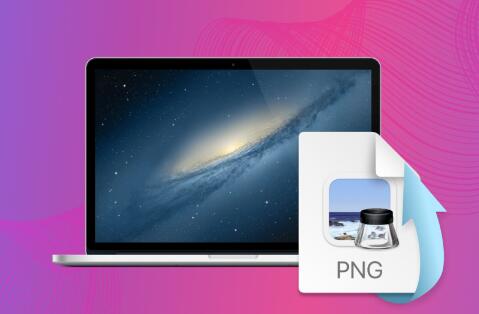1. Photo Deletion
When you delete a photo, it typically moves to a “trash” or “recycle bin” where it remains until permanently deleted. If the photo is removed from this temporary storage, it may still be recoverable until the data is overwritten.
2. Recovery Methods by Device
A. Windows PC
Recycle Bin:
Open the Recycle Bin.
Look for your deleted photos.
Right-click on the photo and select “Restore.”
File History:
Go to Control Panel > System and Security > File History.
Click on “Restore personal files” to recover previous versions of files.
Data Recovery Software:
Use programs like Recuva, EaseUS Data Recovery Wizard, or Disk Drill.
Install the software on a different drive to prevent overwriting data.
Follow the prompts to scan for deleted files and recover them.

B. Mac
Trash:
Open Trash from the Dock.
Right-click on the photo and select “Put Back.”
Time Machine:
Connect your Time Machine backup drive.
Open the folder where the photo was stored.
Click the Time Machine icon in the menu bar and select “Enter Time Machine.”
Navigate to find the photo and click “Restore.”
Data Recovery Software:
Similar to Windows, use options like Disk Drill or Stellar Data Recovery.
Ensure to install on a different drive.
C. Android Devices
Google Photos:
Open the Google Photos app.
Go to the “Trash” folder (or “Bin”).
Select the photos you want to recover and tap “Restore.”
File Manager:
Some file managers allow access to deleted files if the storage isn’t overwritten.
Check in your file manager’s settings for recovery options.
Data Recovery Apps:
Use apps like EaseUS MobiSaver or DiskDigger.
Follow the app instructions for scanning and recovering files.
D. iPhone
Recently Deleted Album:
Open the Photos app.
Go to Albums > Recently Deleted.
Select the photos and tap “Recover.”
iCloud Backup:
Go to Settings > [your name] > iCloud > Manage Storage > Backups.
Restore from a previous backup that contains the deleted photos.
iTunes/Finder Backup:
Connect your iPhone to your computer.
Open iTunes or Finder and restore from a backup.
Data Recovery Software:
Use tools like Dr.Fone or Tenorshare UltData.
Follow the prompts to recover deleted photos.
3. Advanced Recovery Techniques
A. Professional Data Recovery Services
If software recovery fails, consider professional services. These can be costly but are more likely to recover data from physically damaged or deeply overwritten files.
B. Using Disk Imaging
For more advanced users:
Create a disk image of your storage device using software like Clonezilla or dd (Linux).
Analyze the image with recovery software to increase chances of recovery.
4. Preventative Measures
Regular Backups:
Use cloud services (Google Drive, Dropbox, iCloud) for regular backups.
Maintain physical backups on external drives.
Photo Management:
Organize photos into folders and delete duplicates regularly.
Software Settings:
Adjust settings in apps to retain deleted items for longer.
Educate Yourself:
Understand how your device manages storage and deletion to avoid accidental loss.
While recovering deleted photos is often possible, the success largely depends on your promptness and the methods used. Always prioritize backup strategies to minimize the risk of losing important memories. By following the steps outlined above, you should have a robust understanding of how to recover deleted photos across various devices and scenarios.
About us and this blog
Panda Assistant is built on the latest data recovery algorithms, ensuring that no file is too damaged, too lost, or too corrupted to be recovered.
Request a free quote
We believe that data recovery shouldn’t be a daunting task. That’s why we’ve designed Panda Assistant to be as easy to use as it is powerful. With a few clicks, you can initiate a scan, preview recoverable files, and restore your data all within a matter of minutes.
Subscribe to our newsletter!
More from our blog
See all postsRecent Posts
- How to recover a deleted slide in powerpoint? 2025-02-27
- How to recover deleted capcut videos? 2025-02-27
- How to recover a file deleted from a shared drive? 2025-02-27










